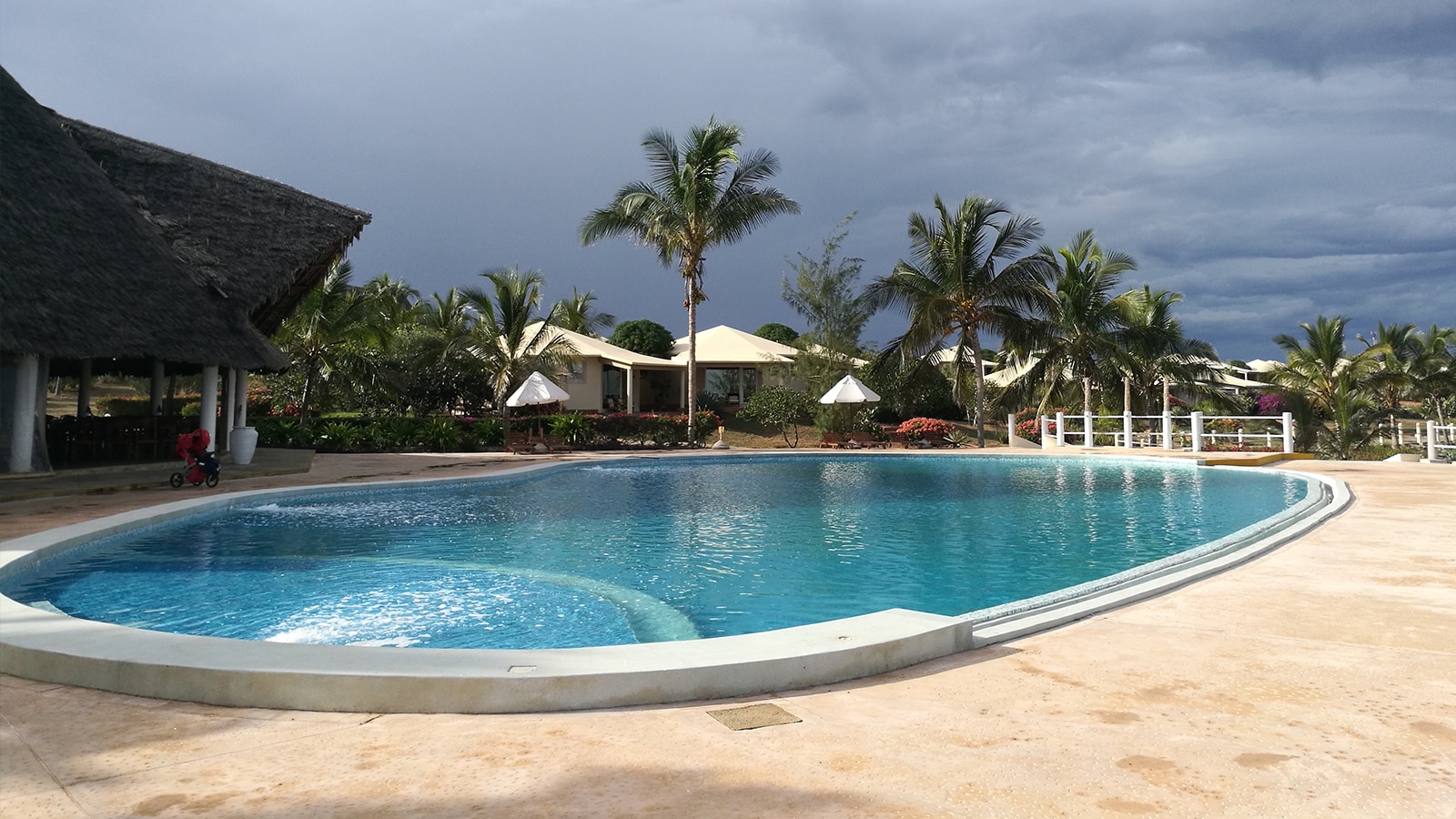Overview
Overall room revenue in South Africa, Nigeria, Mauritius, Kenya and Tanzania rose 7.4% in 2018, up from the 1.9% increase in 2017, principally reflecting a 28 percentage point turnaround in Kenya, a 15.4 percentage point turnaround in Tanzania, as well as a 7.2 percentage point improvement in Nigeria. Mauritius continued to grow at double-digit rates in 2018 but room revenue growth in South Africa fell to only 0.5%.
The hotel market in Kenya benefited from an increasing number of foreign tourists as travel advisories were lifted and the country enjoyed a period of peace and security.
In Kenya, the period of peace and security was interrupted in early 2019 by a terrorist attack that may lead to a drop in tourism and guest nights in 2019. Thereafter, assuming confidence in overall security is not impacted, Kenya’s appeal as an adventure destination, with more flights, and new hotels will continue to grow.
(Main picture: Montecasino - Image courtesy of Tsogo Sun)

Image courtesy of The One Hotel

Image courtesy of Lake Naivasha Resort
Key trends
- The January 2019 terror attack at a hotel and office complex in Nairobi may temporarily affect the revival in tourist arrivals and guest nights that began in 2018.
- Growth in air connectivity, visa-on-arrival policies, and a strong economy can again become a significant driver of tourism and business travel assuming a period of security.
- Kenya will benefit from growing demand for experiences and adventure, with mid-scale hotels being the main driver, but growth in Airbnb and the shared economy will cut into the hotel market.
Hotel room revenue
Hotel room revenue for the five markets as a group will increase at a 5.8% compound annual rate to R50.6 billion in 2023 from R38.1 billion in 2018.
Destination in 2018 and Rough Guides named Kenya as one of its top-10 destinations. Kenya also gets positive reviews from Trip Advisor, which ranked Nairobi as the third best place to visit in 2018. National parks, wildlife, and attractions such as the Great Rift Valley and the Maasai Mara National Reserve are major drawcards.

Contact us

Michael Mugasa
Partner and Industry Leader - Consumer, Industrial Products and Services, PwC Kenya
Tel: +254 (20) 285 5000








